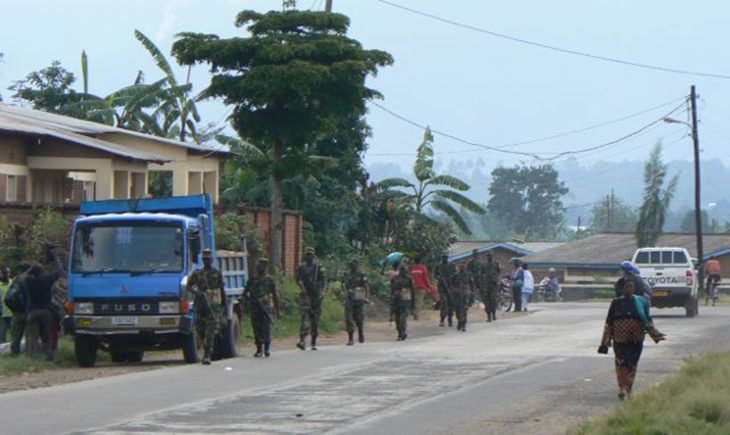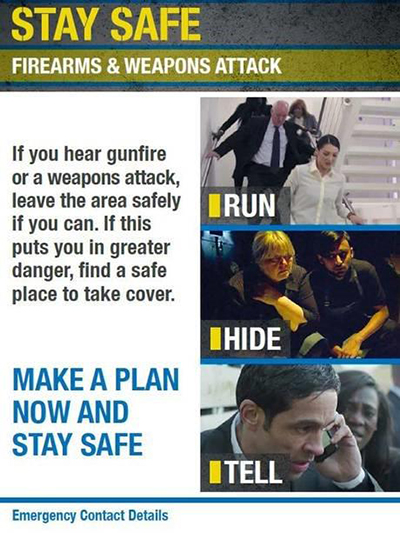Day 9 - SE & Central African Strategic Command Course, Rwanda
After the last few days of frenetic activity on the exercise, today we are back in the classroom to discuss the 'threat from terrorism', says Editorial Advisory Panel Member Roger Gomm

I have provided the students with an overview of the UK approach, the CONTEST strategy. I explained that it is intended to deal with all forms of terrorism and continues to be based around four main areas of work which together enable us to reduce the threats we face and our vulnerabilities:
-
Pursue: the investigation and disruption of terrorist attacks;
-
Prevent: work to stop people becoming terrorists or supporting terrorism and extremism;
-
Protect: improving our protective security to stop a terrorist attack; and
-
Prepare: working to minimise the impact of an attack and to recover from it as quickly as possible.
I was pleased to hear that many of the students recognised this strategy and were using a similar approach in their countries.
I also introduced the 'Run Hide Call' posters that were published last year in the UK as part of work to minimise the impact and highlight the threat to the public. My two CRJ articles on terrorism (10:2 'The Enduring Threat from Terrorism' and 9:3 'A hat-Trick of terrorist attacks') were also shared with the students.

The military patrols seen in the picture are common across Rwanda. They are part of a reassurance for the local community that they are being protected, and a warning to any criminal or terrorist intent on attacking the community. Often the police and military will work closely together, performing joint patrols and responses to incidents. In fact next week the students start a 'Joint Operation' Module to prepare them for such incidents.
An interesting recent report by the Rwandan Governance Board published this March showed security organisation come on top of the list of public institutions who the public trust. The RDF scored 98 per cent, Rwandan Police 94.2 per cent. Source: igihe.com
This afternoon we visited the Cyanika border crossing point, about 25km North East of Musanze.
The Cyanika border is the crossing point into Uganda from Rwanda. It is a key artery for the growth of tourism between the two countries as it connects two major tourism areas in Eastern Africa. On the Ugandan side, it is the nearby town of Kisoro that is the hub of a number of tourism activities and the famous National Volcano Park in Rwanda
Many travellers use this border, including buses and tour vehicles, which bring the visitors to either Uganda or Rwanda.
Crossing the border with Ugandan or Rwanda vehicles is not a problem, unlike the border situation between Kenya and Tanzania. Tourists holding the common tourist visa will go across the border smoothly, as they do not need to pay the visa fee into Rwanda or Uganda, designed to support the tourism industries in the two countries.
Roger Gomm
Roger Gomm, 07/05/2015